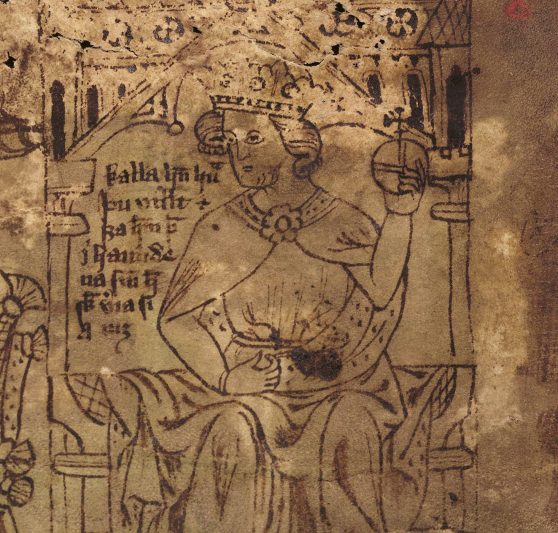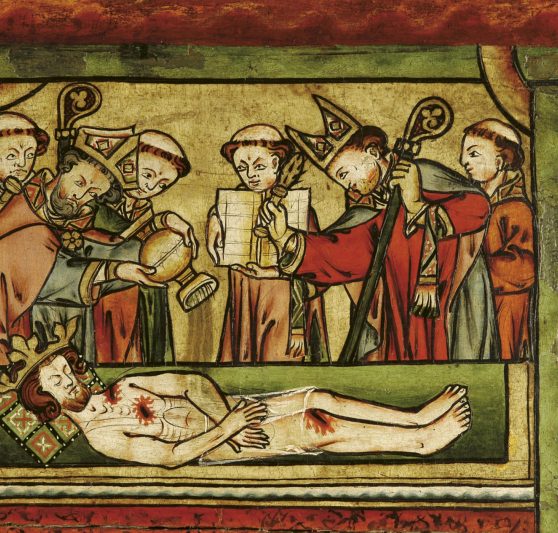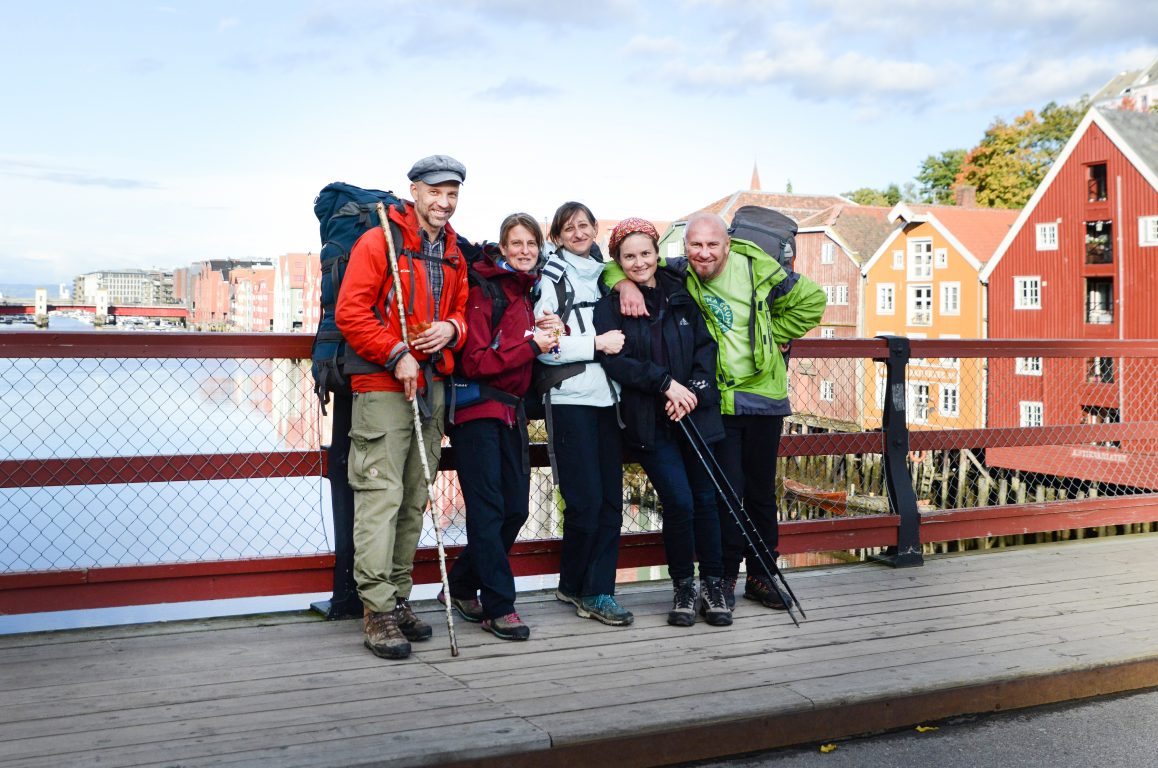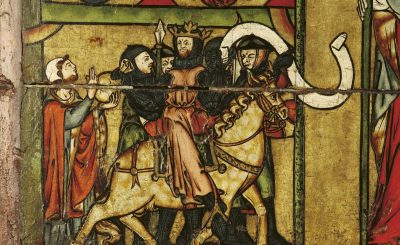History
Embarking on a pilgrimage is known from the vast majority of religions. People have always sought their origin, and closeness to eternity and the holy.

The Christian pilgrim tradition has its origin in the early years of the Church. The first Christians were keen to be at the places where Jesus had been; like Jerusalem and Bethlehem.
This was, however, not the only holy places for the first Christians. The early Church had a lot of martyrs who were regarded as saints. These people had been part of the congregations and among those who celebrated the Liturgy and worshiped God. It was a clear perception that the martyrs had gone directly to heaven and there they were able to pray in front of God’s throne. Thus it was important for the Christians to come to the tombs of the saints. This gave them proximity to the holy and a better possibility to ask for the intercession of the saints.

Martyrs, saints and pilgrimages
Reformation and prohibition
The Lutheran reformation was mainly a reaction to various kinds of misuse, and Luther banned therefor any form of pilgrimage. The idea of pilgrimage, however, did not disappear within the protestant movement. On the contrary, it kept a central position in preaching and piety in that the goal was the heaven and that life was a pilgrimage. John Bunyan’s book “A Pilgrims Progress” is a typical example of devotional literature in this genre.
The Roman Catholic Church and the Orthodox Churches have an unbroken tradition of pilgrimage since the first time of the Church. In our time the Protestant Churches are about to rediscover this tradition. Because the idea of pilgrimage never disappeared from the preaching of the Protestant Churches, it is not so difficult again to become familiar with this tradition.

Pilgrimage to Nidaros
The pilgrimages to St. Olav’s shrine in Nidaros, which was the old name for the city of Trondheim, started right after his death at Stiklestad in 1030. It quickly became known that he was a holy man and in 1031 he was declared a saint. The first witness about this is a poem by Torarin Lovtunge from 1031-35. He was the bard of king Olav’s enemy, the Danish king Knut. He encouraged the king to pray for St. Olav’s intercessions and described the holy king in this way: “Thus Olav sinlessly saved his soul before his death.” Within a few years the pilgrimage to St. Olav’s shrine was so strongly consolidated that it became known far out in Europa.
Pilgrimage in the year of 1070
During these first years the Church in Nidaros belonged to the Archbishopric of Hamburg/Bremen. In the year 1070 the Archbishop’s secretary, the German history-writer Adam von Bremen, describes the Archbishop’s visitation to the Church in the North, including Nidaros and he describes the pilgrimage to Trondheim like this:
“The Norwegians most important city is Trondheim. It is now decorated with churches and visited by many people. There is the very blessed king and martyr Olav’s relics. At his tomb the Lord also today works the greatest healing miracles. And people, who believe that they can be helped through this holy man’s meritorious deeds, are coming from far away.
If you are sailing from Aalborg or Vendesyssel in Denmark, you will arrive in Viken (todays Oslo), which is a city in Norway. From there you turn left and sail along the Norwegian coast, and at the fifth day you reach the city of Trondheim.
You could also go another way, coming from the Dane’s Skaane, across land to Trondheim. But this route across the mountains takes more time, and as it is dangerous, it is avoided by the travellers.”
We know, however, that many pilgrims crossed the Dovre Mountain on their way to Nidaros even if the route was hard and dangerous. For that reason the then king Oistein Magnussen, in the 1120s built shelters for pilgrims several places on the mountain’s plateau. The care for the pilgrims was so important that there was a detailed regulation for the stay in these pilgrim shelters in the Norwegian legislation, the “Gulatingsloven”. During the 13th century the first church was built in the Dovre Mountain.
Pilgrimage in modern times
When the Lutheran reformation reached Norway in 1537, pilgrimages were banned. Only in the 20th century people started again to come to Trondheim as pilgrims. Especially after the 1970-80s more pilgrims appeared. Gudbrandsdalsleden, the first of many St. Olav Ways, was officially opened by HRH Crown prince Haakon July 29th 1997.
Today the St. Olav Ways – the pilgrim paths to Trondheim in Norway, Denmark and Sweden are signposted with the St. Olav logo and have received the status as European Cultural Route under the Council of Europe’s Cultural Route program.

Photo: Eskil Roll

